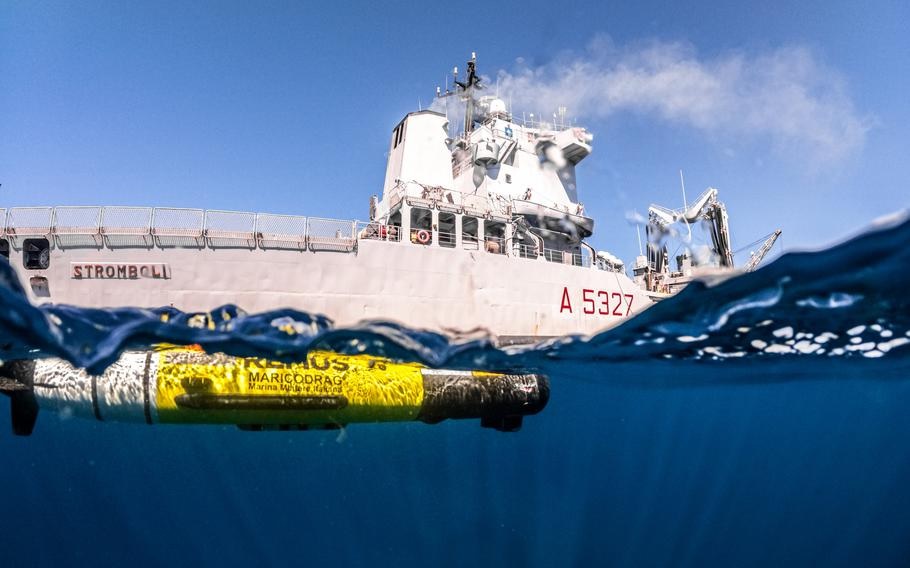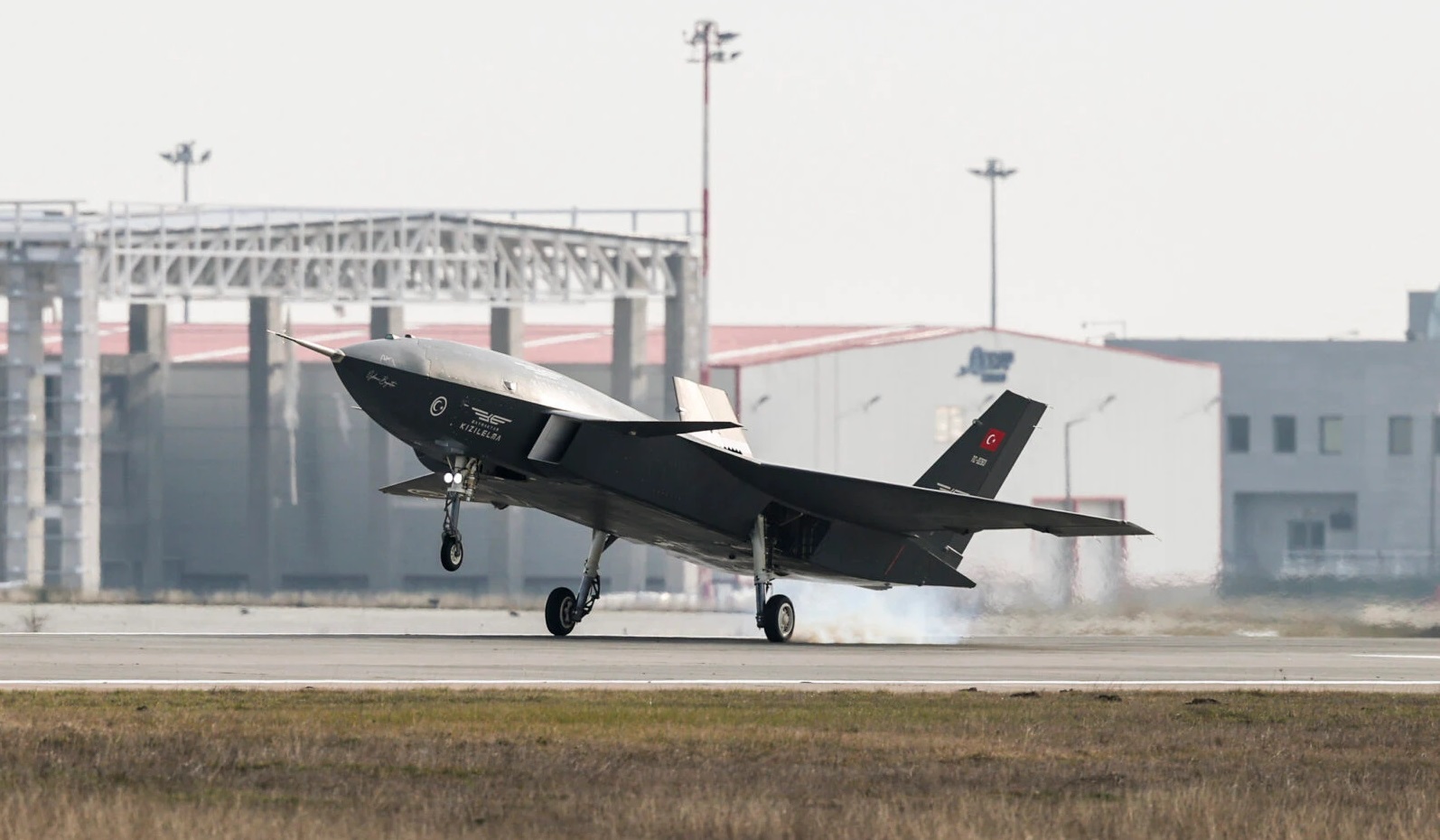NATO Launches Task Force X to Counter Growing Underwater Threats

In response to increasing threats against critical undersea infrastructure, NATO has established Task Force X, a cutting-edge initiative designed to enhance maritime security through advanced autonomous systems and artificial intelligence. With growing concerns over Russian aggression and recent attacks on undersea cables in the Baltic, the alliance is ramping up efforts to safeguard vital communication and energy networks beneath the ocean.
A High-Tech Shield for NATO’s Waters
Task Force X represents a major leap in NATO’s defense strategy, leveraging the latest in autonomous naval technology to monitor and protect undersea assets. The initiative will deploy:
- Autonomous Unmanned Systems – A fleet of unmanned surface and underwater vessels will provide continuous surveillance, detect potential threats, and respond in real time.
- Artificial Intelligence & Big Data Processing – AI-powered analytics will process data from various sensors, improving threat detection and decision-making speeds.
- Multi-Domain Coordination – Seamless integration across sea, air, and cyber domains will strengthen overall situational awareness.
The project builds on the successes of U.S. Navy Task Forces 59 and 66, which have demonstrated the effectiveness of unmanned maritime systems in surveillance and combat operations.
Baltic Sentry: The First Test for Task Force X
Task Force X will make its operational debut during Baltic Sentry, a large-scale NATO maritime exercise set for mid-February 2025. This exercise will test how well the new autonomous systems can track potential threats and safeguard undersea infrastructure. NATO’s Standing Maritime Groups (SNMG1 and SNMCMG1) will play a central role, working with national navies and surveillance networks to reinforce security in the Baltic region.
A Scalable, Future-Proof Initiative
Initially focused on the Baltic, Task Force X is designed to be scalable and adaptable, allowing it to be deployed in different regions and operational scenarios as needed. NATO aims to integrate national efforts from member states, particularly those with advanced maritime technology capabilities, ensuring a collective defense approach.
NATO’s Message to Adversaries
With Task Force X, NATO is making it clear that it is fully committed to protecting undersea assets from sabotage or espionage. This initiative not only strengthens maritime defenses but also demonstrates NATO’s ability to rapidly adapt to evolving security threats through cutting-edge technology.
As undersea infrastructure becomes an increasingly contested space, Task Force X will serve as NATO’s first line of defense in ensuring the security and stability of vital maritime routes.



